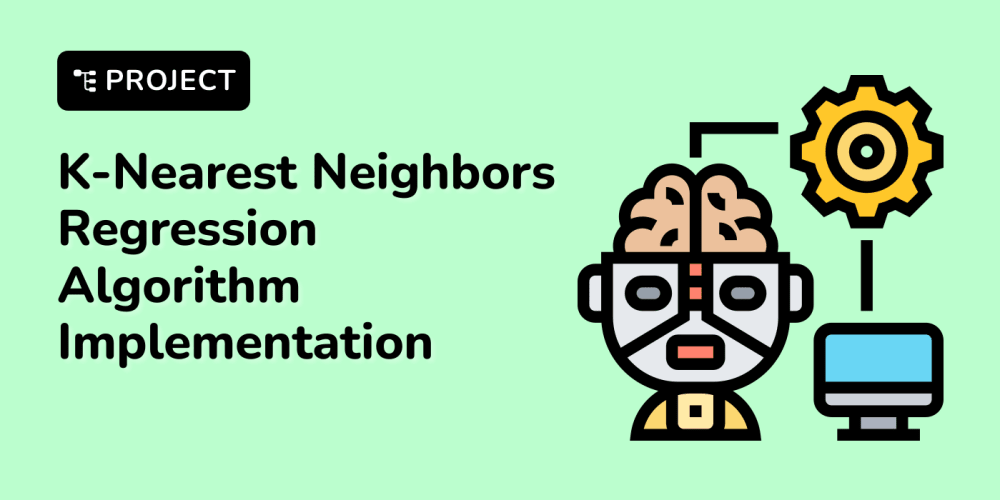What Makes Production-Grade Code?
Production-grade code refers to code that is ready to be deployed in a live environment where it will be used by end-users. This kind of code adheres to several best practices and standards that ensure it is reliable, efficient, and maintainable. Here are the key characteristics:
-
Scalability:
- Design Principles: The codebase is designed to handle increasing loads without performance degradation.
- Efficient Resource Usage: Uses resources like memory, CPU, and network bandwidth efficiently.
- Modularity: Code is broken into modules or microservices, allowing parts of the system to scale independently.
-
Cleanliness:
- Readable and Understandable: Code is easy to read and understand by others.
- Consistent Naming Conventions: Variables, functions, and classes are named consistently.
- Commenting and Documentation: Well-documented code with comments explaining complex logic.
-
Maintainability:
- Modularity and Reusability: Code is modular, making it easier to update or replace parts without affecting the whole system.
- Test Coverage: Includes unit tests, integration tests, and end-to-end tests to ensure changes don’t break existing functionality.
- Code Reviews: Regular code reviews to ensure adherence to coding standards and best practices.
-
Robustness:
- Error Handling: Comprehensive error handling to manage unexpected conditions gracefully.
- Logging and Monitoring: Implements logging and monitoring to detect and diagnose issues quickly.
- Security: Adheres to security best practices to protect against vulnerabilities and attacks.
Why SDE Learners/Beginners Are Afraid of Production-Grade Code
-
Complexity:
- Learning Curve: The standards and best practices for production-grade code can be overwhelming for beginners.
- Multiple Aspects: Involves understanding not just coding, but also testing, deployment, monitoring, and security.
-
Responsibility:
- High Stakes: Production code affects real users and businesses. Mistakes can have significant consequences.
- Accountability: Developers are accountable for ensuring the code performs correctly and securely in all scenarios.
-
Performance Pressure:
- Deadlines: Often need to balance writing clean code with meeting tight deadlines.
- Quality Assurance: Ensuring the code is bug-free, efficient, and secure adds to the pressure.
What Makes Code Scalable, Clean, Maintainable, and Robust
-
Scalable Code:
- Efficient Algorithms and Data Structures: Use of optimal algorithms and data structures.
- Asynchronous Processing: Leveraging asynchronous processing to handle large volumes of tasks.
- Load Balancing: Implementing load balancing to distribute traffic evenly across servers.
-
Clean Code:
- Code Readability: Following coding conventions and writing self-explanatory code.
- Refactoring: Regularly refactoring code to improve structure without changing functionality.
- Minimalism: Writing code that does just what is required, no more, no less.
-
Maintainable Code:
- Modular Design: Breaking down the code into independent modules or functions.
- Documentation: Providing thorough documentation and inline comments.
- Testing: Comprehensive testing to ensure that new changes don’t break existing functionality.
-
Robust Code:
- Exception Handling: Proper handling of exceptions and errors.
- Validation: Input validation to prevent invalid data from causing issues.
- Resilience Patterns: Implementing resilience patterns like retries, circuit breakers, and fallbacks.
Understanding and achieving production-grade code is a journey that involves continuous learning and improvement. For beginners, it’s important to start with the basics and gradually build up knowledge and experience through practice and learning from more experienced developers.



















